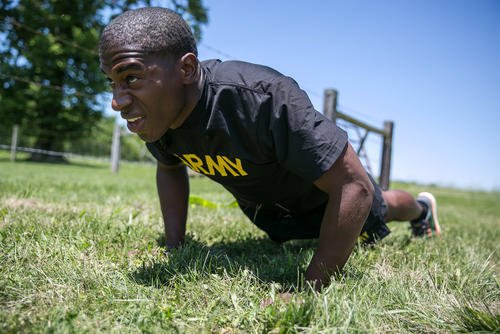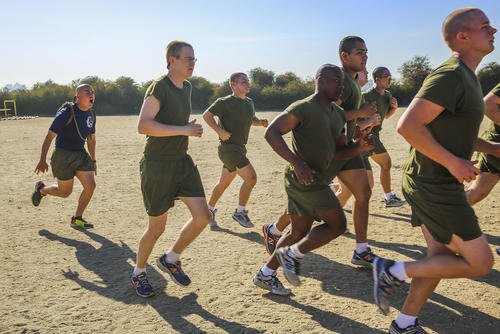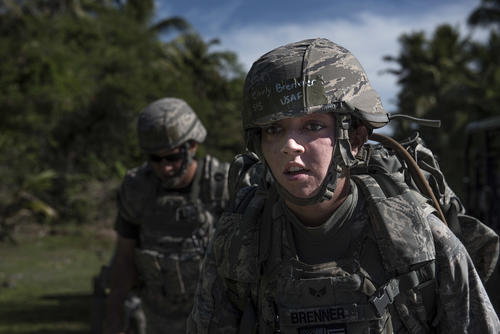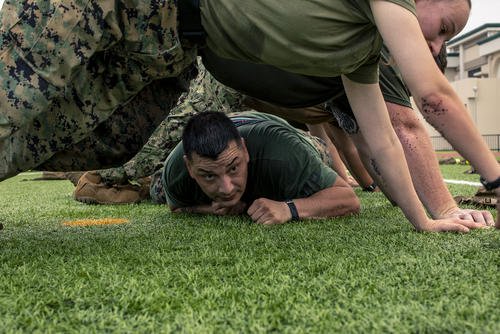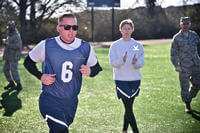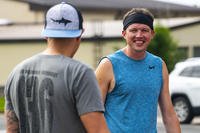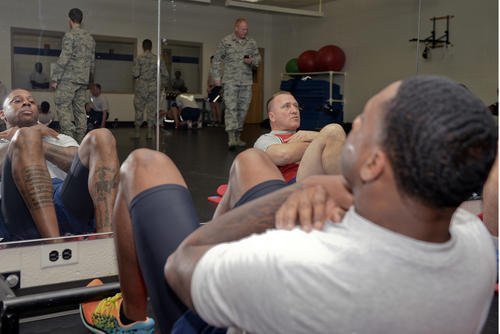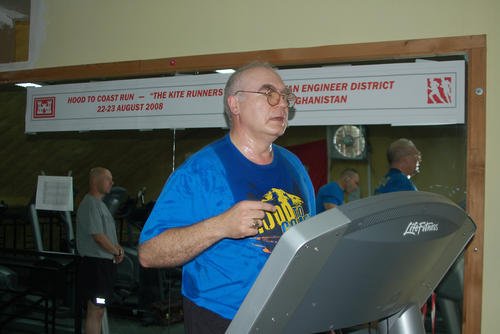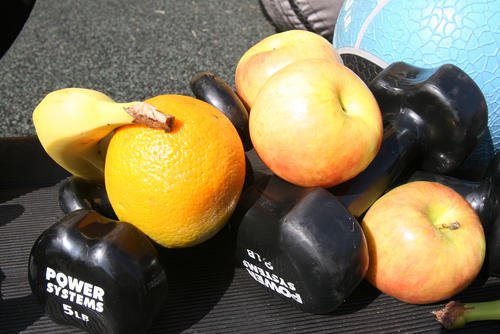Being selected for military special operations programs requires a layered approach to fitness. Here is a question from a reader on that challenging journey:
What’s your recommendation for workout splits if I have an hour to work out in the morning and a few hours in the afternoon? Upper body strength and calisthenics are areas where I need the most work, given my triathlon background. I am planning for Air Force Special Warfare, with the goal of PJ training after selection.
Thanks,
Nick
Transitioning from a triathlon background to preparing for Air Force Special Warfare (AFSW) -- especially with the goal of Pararescue (PJ) selection -- requires a very similar approach to triathlon training, except for the long bike workouts. You can replace those with strength training and load-bearing exercises. The key is to maximize your available training time, address your upper-body strength and calisthenics needs and maintain your endurance foundation.
Read Next: 6 Biking Options to Replace Running if You Are Injured
Triathletes typically excel in cardiovascular endurance and lower-body stamina but may need targeted work in upper-body and grip strength, along with calisthenics. All are critical for AFSW and PJ training. The goal is to build functional strength, muscular endurance and overall durability for load-bearing while maintaining your aerobic base.
If the goal is to improve in strength and calisthenics, my advice is to always train them first, then follow with the run, ruck and swim workouts of the day.
Below is a structured guide to splitting your training day, considering your schedule of an hour in the morning and a few hours in the afternoon.
Morning Session: Strength and Calisthenics Focus (1 Hour)
The morning is ideal for a warm-up jog with a calisthenics pyramid to get the body moving, followed by a more focused strength training session. Here’s how to structure your session:
- Warm-up (10 minutes): This should include dynamic mobility and resistance band work, plus light calisthenics (push-ups, pull-ups, jogging) to prime your upper body. You would warm up with air squats the same way on leg days.
- Strength block (30 minutes): Focus on compound lifts and upper-body dominant movements. Prioritize weighted pull-ups or strict pull-ups, bench presses or push-ups (progress to weighted or ring variations), overhead presses or handstand push-ups and a variety of accessory work -- rows, dips and grip strength exercises.
Here is how it looks in practice:
Warm-up with a pull-up/push-up half pyramid 1-10: one pull-up, one push-up, jog 50 meters; two pull-ups, two push-ups, jog 50 meters … continue until stopping at Level 10.
Repeat three to four times (with moderately heavy weight).
- Bench press five to six reps
- Dumbbell row five to six reps per arm
Repeat three times.
- Pull-ups: max reps plus negative rep (when you fail)
- Push-ups: max reps plus knee push-up (when you fail)
- Sit-ups for one minute
- Dips: max reps
- Cooldown (five minutes): Mobility work and stretching, focusing on shoulders, chest and back.
On leg day, you can do something similar with a squat pyramid warm-up, then do weighted squats and-or deadlifts before a series of air squats, lunges and farmer walks. We usually do two upper-body days and two leg days when focused on strength training. Sometimes, we will add a third calisthenics-only day for the upper body in the same week, depending on the week of training.
Afternoon Session: Endurance, Work Capacity and Skills (At Least 90 Minutes to 2 Hours)
This is plenty of time for a workout that fits your needs. Since you did the heavy lifting in the morning, this afternoon workout is more about maintaining the cardio ability you have as a former triathlete and building the muscle stamina and strength of heavy calisthenics, load bearing and other challenging activities such as crawling, rucking, carrying gear (grip), swimming and pool skills.
The afternoon session is ideal for endurance, swimming, rucking and developing tactical skills. You can maintain your endurance and conditioning levels (30-60 minutes) with:
- Interval running (track or trail)
- Rucking with a loaded pack
- Swimming (focus on combat side stroke, underwater work, treading and pool skills such as drownproofing and buddy breathing sets)
- Rowing or cycling for variety
Alternate the types of workouts every four to six weeks to prevent overuse and stale progress. To focus on work capacity and functional circuits (30-45 minutes), incorporate high-rep, multi-modal circuits such as:
For skill work and mobility (15-30 minutes), practice water confidence, treading, buddy drags and mobility drills to enhance recovery and injury prevention. Top leg day off with either a swim with fins, a ruck or a timed run event.
A sample week might look like:
- Monday/Thursday: Upper-body strength and calisthenics in the morning and a swim and ruck in the afternoon or evening.
- Tuesday/Friday: Lower-body strength and power in the morning, intervals and power along with long endurance work (run, swim with fins or ruck) in the afternoon or evening.
- Wednesday/Saturday: Mobility and skills training, work on developing core and grip strength in the morning.
- Sunday: Active recovery, mobility or rest
By leveraging your endurance base and following a split routine -- targeting upper- and lower-body strength and calisthenics in the morning, followed by endurance plus tactical skills in the afternoon -- you should be prepared to meet the demands of Air Force Special Warfare and PJ selection.
Consistency, smart progression and attention to recovery are your allies on this journey as you will be pushing the line of successful training, mental toughness and overtraining. Consider using a seasonal tactical fitness periodization program that cycles through various workouts, focusing on special ops preparations.
Want to Learn More About Military Life?
Whether you're thinking of joining the military, looking for fitness and basic training tips, or keeping up with military life and benefits, Military.com has you covered. Subscribe to Military.com to have military news, updates and resources delivered directly to your inbox.







